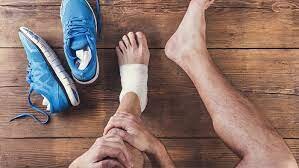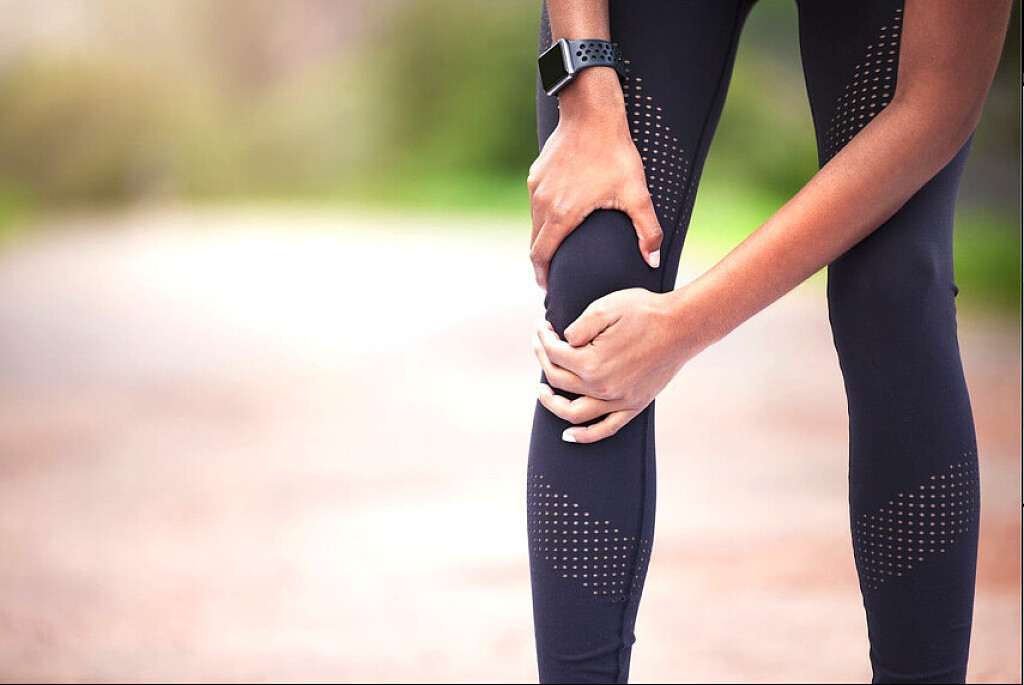Running News Daily
Running News Daily is edited by Bob Anderson. Send your news items to bob@mybestruns.com Advertising opportunities available. Train the Kenyan Way at KATA Kenya and Portugal owned and operated by Bob Anderson. Be sure to catch our movie A Long Run the movie KATA Running Camps and KATA Potato Farms - 31 now open in Kenya! https://kata.ke/
Index to Daily Posts · Sign Up For Updates · Run The World Feed
Here's Why You Keep Getting Injured, According to a Physical Therapist.
Today, the hill feels easier to climb. I step and press firmly into the rain-saturated dirt and raise myself one step closer to the horizon line, my heels lifted. The springs at the back of my legs are loaded and ready to release. There is no stretch or strain. I feel powerful. My back is erect and does not ache. No collapsing today as I charge up the hill. I can still hear my cross-country coach say "lean into it."
I've had the privilege of being shaped into an ultrarunner by my home state, Montana. My love for running is nurtured by following trails that connect landscapes. There is a great importance in the existence of these places, as well as sustaining our bodies - the vessels that take us there. As a doctor of physical therapy, my focus is to effectively build resiliency.

The Strength to Run
Our heart and lungs are invaluable aerobic tools that carry us forward, but trail runners cannot overlook our muscles, ligaments, tendons, or bones, either. The message of "be fit to run," instead of "run to be fit," is not new, but a large majority of non-elite runners have a difficult time following through with the former, in hot pursuit of the latter. Running has a simple essence, but the motion broken down is incredibly demanding on the body and deserves specific steps, and a plan, so running can continue.
Strength training can sometimes be a dirty phrase around the running world. Runners sometimes worry that BMI (body mass index) changes will impact performance and compromise their training hours, but there is a wealth of research supporting strength training improves running economy through neuromuscular changes in the body (2). A recent review of nearly 20 studies found body mass was unchanged from baseline with the implementation of strength training, but running performance markers did improve.
Bottom line? Your body - and your running - gains from strength training.
Research shows that resistance training can reduce risk of overuse injury. Based on a large meta analysis, strength training reduces overuse injury risk by half. Strength-to-run is what can help carry us forward when our lungs are sucking wind and our mind is telling us to take a nap in the wildflowers instead.
The Main Reason Trail Runners Keep Coming Into My Clinic
The main reason runners should invest time in strength training is to help stave off injury and to improve running performance. As a physical therapist, we see a broad spectrum of runners.
Now, strength training is a catchy term, and there are a ton of recommendations out there for how best to approach the endeavor of getting stronger. My approach comes via inspiration from a community colleague and friend, Dr. Evelyn Tate, as well as building research (from Richard Willy, Richard Blagrove, Rikke Beyer) around strength, running, and general strength/conditioning principles.
Best Practices: Approaching Resistance Training for Endurance
When starting out, in order to increase strength in a safe and effective way, following a periodization program is smart.
Strength-to-run is what can help carry us forward when our lungs are sucking wind and our mind is telling us to take a nap in the wildflowers instead.
Periodization means starting with higher repetitions (15-20) of an exercise, with a lower weight and, each week or so, decrease reps and increase weight. The goal? To incrementally build muscle strength, in order to keep your tendons and bones as healthy as possible in common overuse injury sites for endurance athletes (i.e. patellar tendon, tibia, achilles). If life happens and you take a week or two off, no problem. Simply start back over with your progression. Once you reach week 8, the goal is to maintain that rep/set pattern through the season.
Here's a Sample 8-Week Progression Plan:
When selecting from the endless bank of exercise variations, choose one large compound lift like back squats, front squats, deadlifts, or RDL (Romanian deadlift) as your first lift, and then 4 or 5 additional exercises focused on quads, glutes, hamstrings and especially the calves. During running, forces through the gastroc complex are up to 6-8x body weight.
Core exercises can be spread throughout your session, too. "Core" goes beyond the abdominal muscles, the sought after 'six pack.' It's also the muscles that hold us up, line our backs, surround our hips, and support the pelvic floor.
Now, even though our legs are what carry the body forward, trail runners cannot neglect the benefit of upper body strength. When the mountain gets steep enough, we lean in, and our arms become an extension of the legs pushing down through the knees, moving toward the sky. There may even be times where you are on all fours pushing and pulling yourself up and over rocks.
Running itself is a plyometric motion (rapid stretch-contract of muscle tissue, i.e. jumping and hopping), so your strength session does not need to be dense with plyo/power exercises, but for specificity of training, the addition of 1 to 2 plyo-power exercises is a good option.
If you find that your strength training sessions are causing the quality of your running to suffer, first decrease your volume of lifts, meaning decrease the number of sets or repetitions, and then second, decrease weight. Too often, the solution is to lower the load we are trying to move. We cannot lower the height of a mountain, but we can be stronger in our approach. If facing body soreness two days after a lift, the session was likely a bit too dense, and you can simply decrease total loading.
With all the guidelines and science to serve as the strong supportive frame, it is important to remember in training that maintaining our body's capacity to move through terrain is a fluid process. As trail runners, we are constantly evaluating terrain, checking in with maps, and pausing (even just for a moment) to look at the beauty. Your training and strength to run deserves the same respect.
by Trail Runner Magazine
Login to leave a comment




